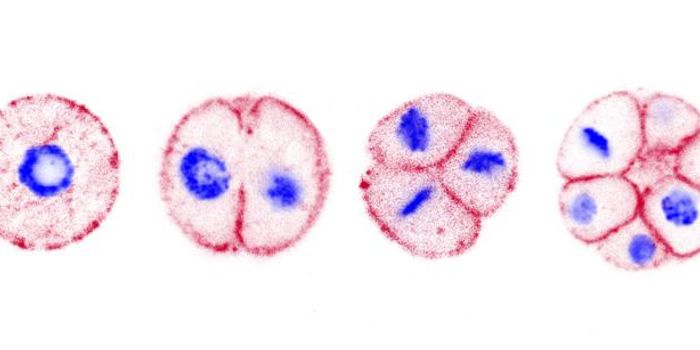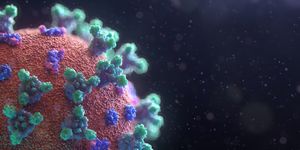Dwarf Giraffes Observed for the First Time Ever
The name “dwarf giraffe” certainly seems like an oxymoron, which is why scientists were shocked to observe them in the wild. In a quote to the New York Times, David O’Connor—the president of Save Giraffes Now and a member of the IUCN Giraffe and Okapi Specialist Group—said, “I didn’t believe it at first. I thought it was photoshopped, to be honest.”
According to the New York Times, scientists first spotted a dwarf Nubian giraffe, only 2.8 meters tall, in 2015 in Murchison Falls National Park (Uganda). In 2018 they spotted another on a private farm in Namibia, standing just 2.6 meters tall. The Times reports that scientists dubbed the giraffes “Gimli” and “Nigel.” While they both had proportionately long necks, their legs were shorter than usual. Why are these two animals only half the size of their counterparts?
As the scientists told the New York Times, the only explanation for their size is dwarfism—technically termed skeletal dysplasia. An article detailing their discovery was published last week in BMC Research Notes. The report defines skeletal dysplasias as “cartilaginous or skeletal disorders that sometimes results in abnormal bone development.” In the cases of these two giraffes, the scientists report that they had “extremely shortened radius and metacarpal bones relative to other similarly aged giraffes.”
The article reports that these are the first recorded instances of skeletal dysplasias in giraffes. While skeletal dysplasias have been observed in free-ranging wild animals, instances are rare. Notable records include a red deer in Scotland and a male Asian elephant in Sri Lanka. The scientists report that various skeletal dysplasias have been observed in captive and domestic animals such as dogs, cows, pigs, rats, and common marmosets.
According to the New York Times, the cause of dwarfism is not known. However, in the scientists’ article, they state that skeletal dysplasia in captive animals has been associated with inbreeding and lack of genetic diversity. The article reports that although previous genetic bottlenecks have occurred in the Ugandan giraffe population, genetic work has shown “relatively low inbreeding estimates.” Further genetic testing is needed to determine if these two giraffes’ dwarfism can be attributed to a lack of genetic diversity.
Sources: Live Science, New York Times, BMC Research Notes








